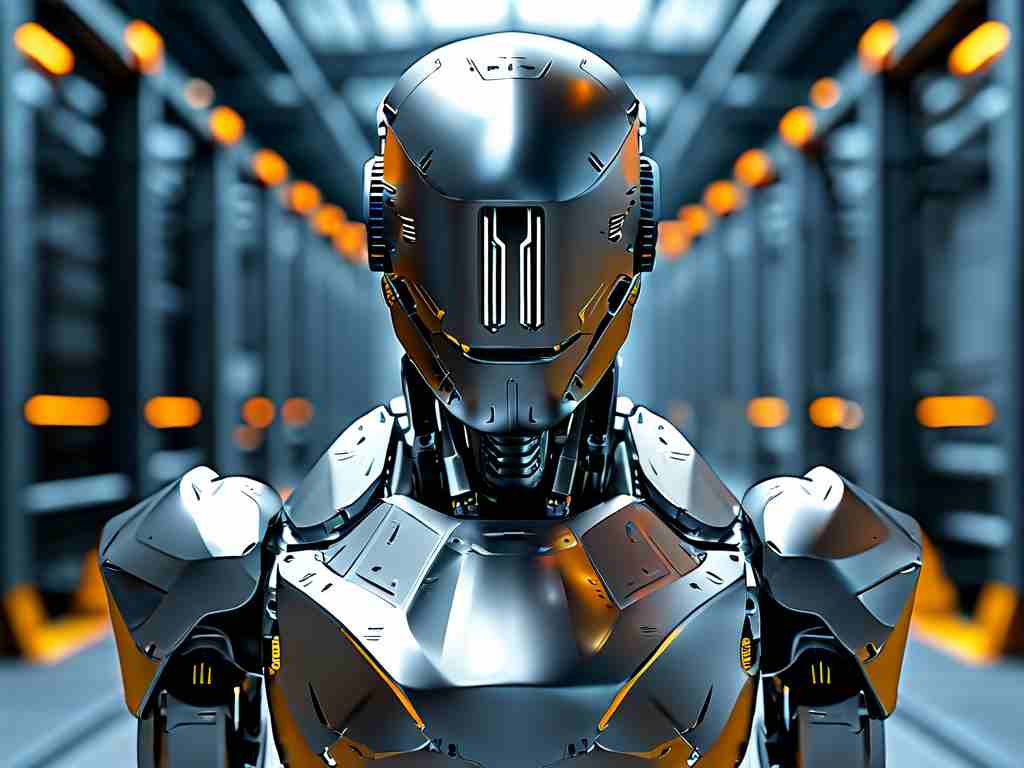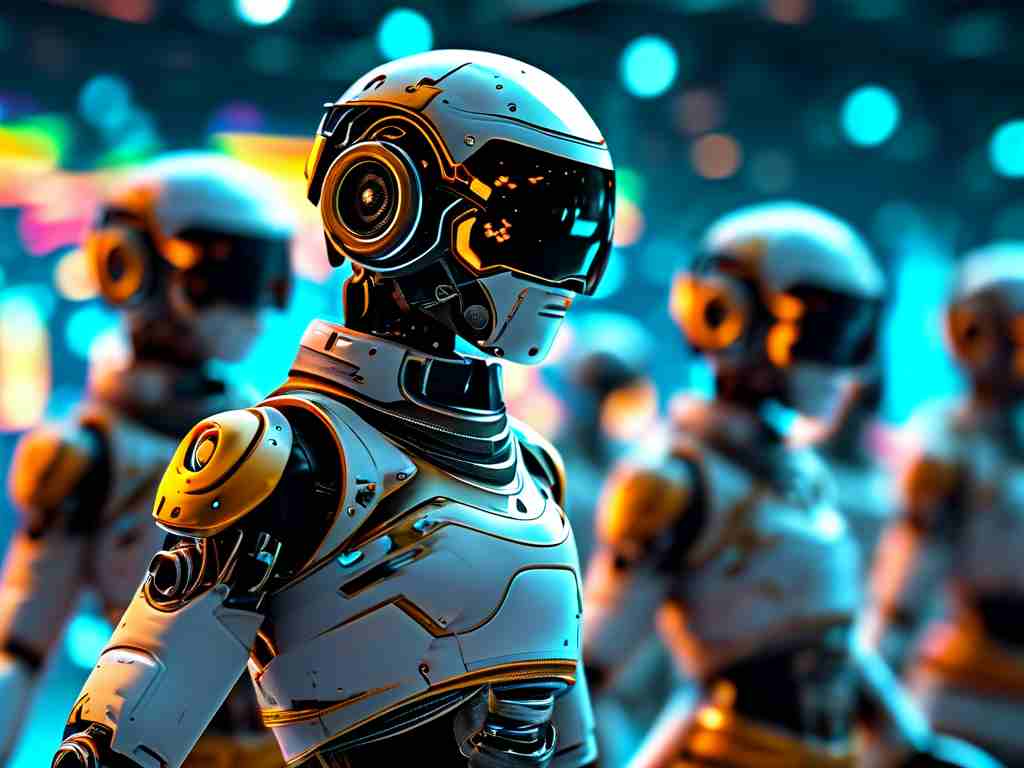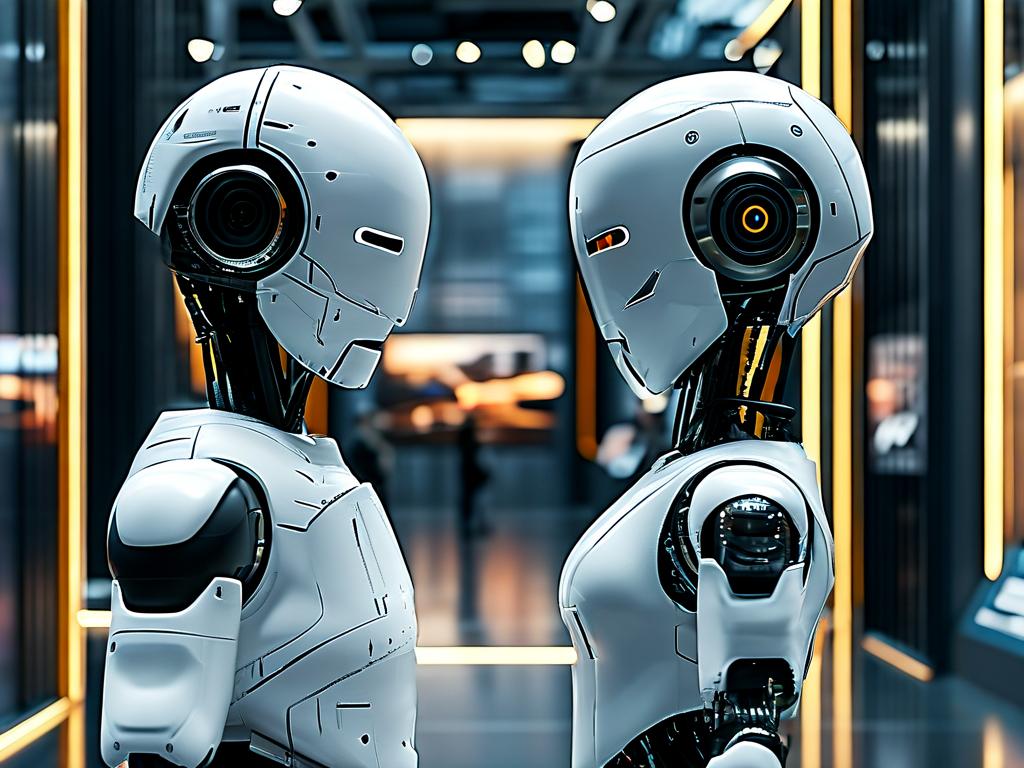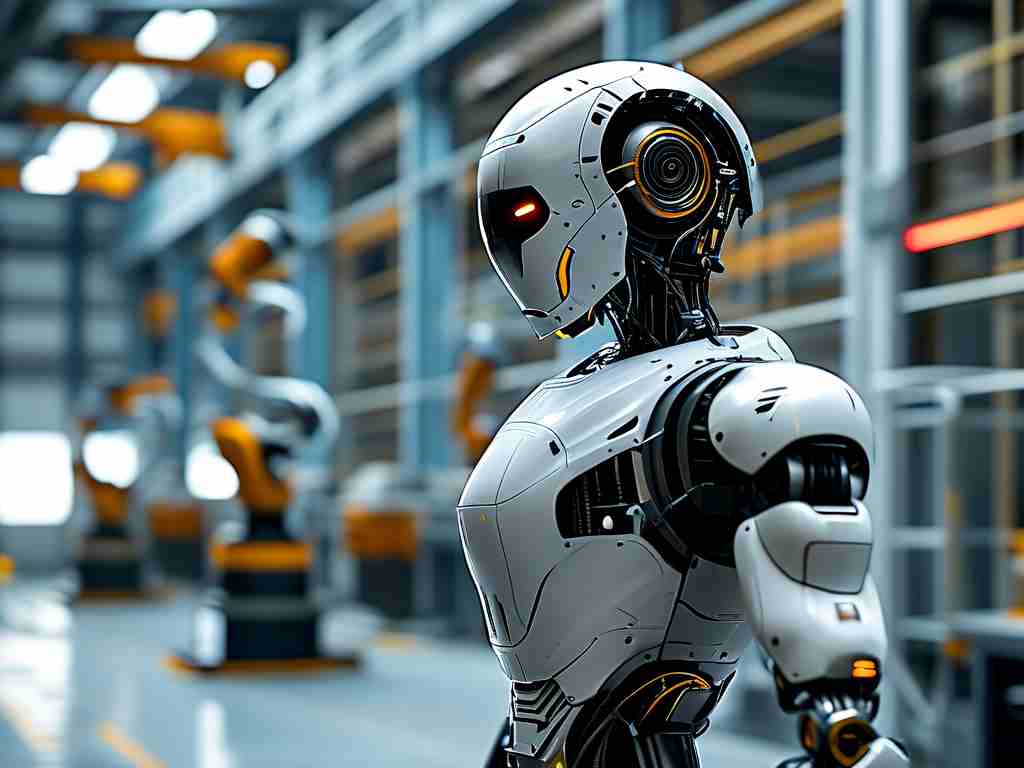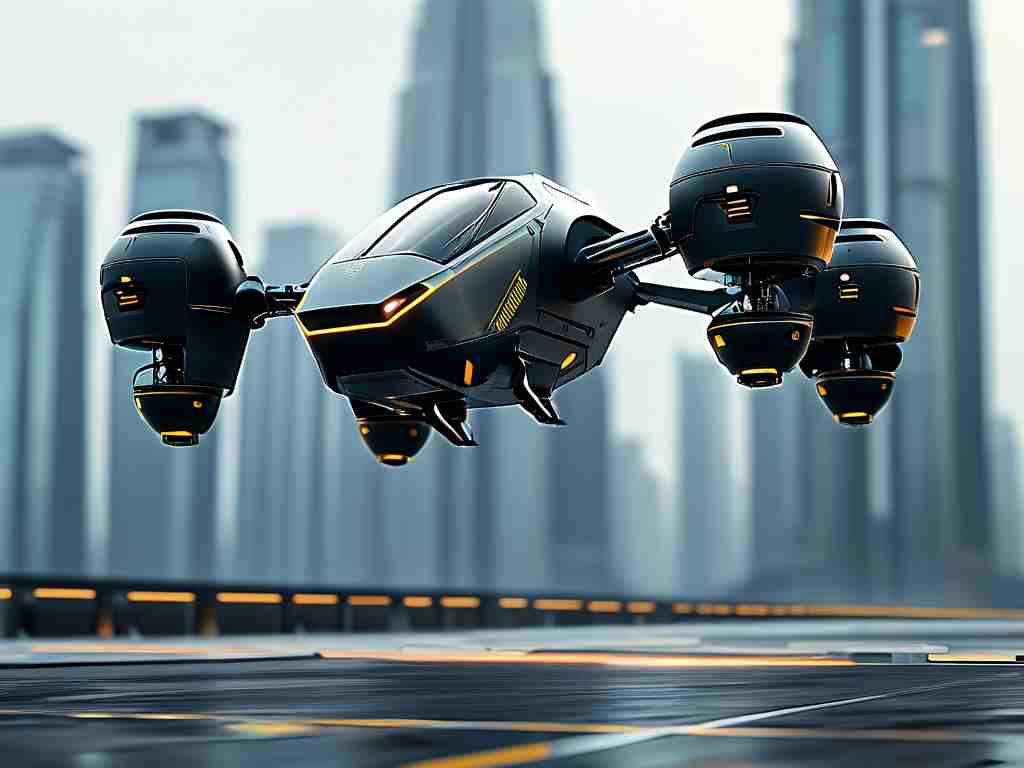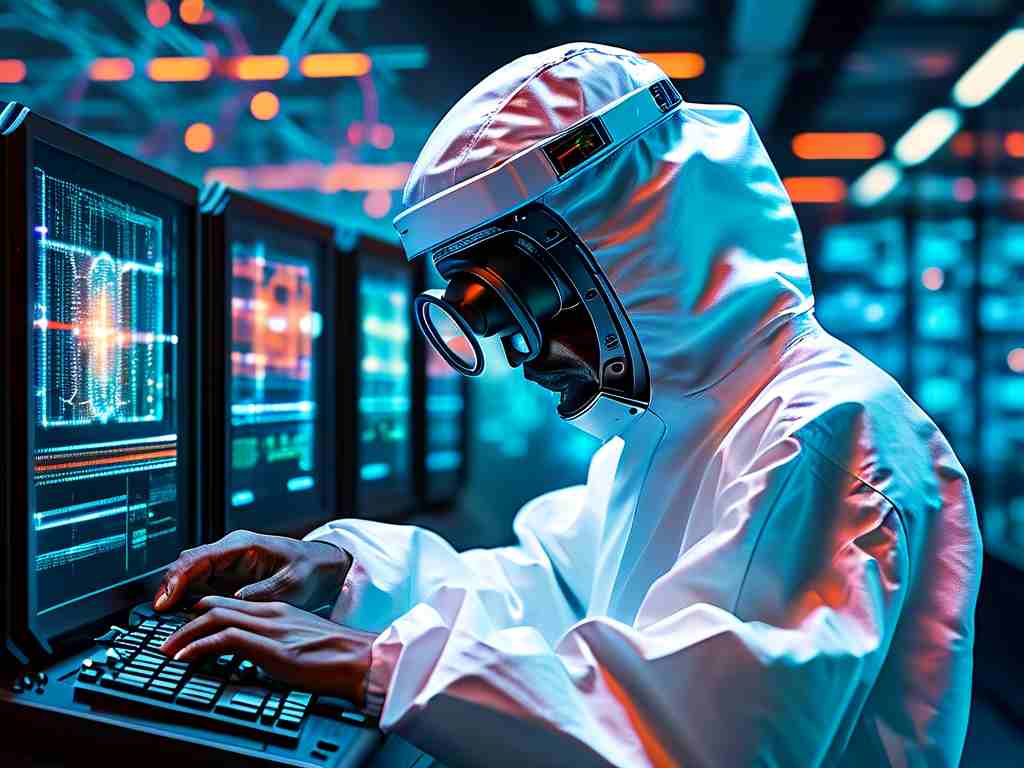As global industries increasingly embrace automation, BYD (Build Your Dreams), a leader in electric vehicles and renewable energy solutions, has emerged as a key player in intelligent robotics. Leveraging its expertise in AI, battery technology, and manufacturing, BYD is redefining how robots interact with humans and transform sectors ranging from automotive production to healthcare.
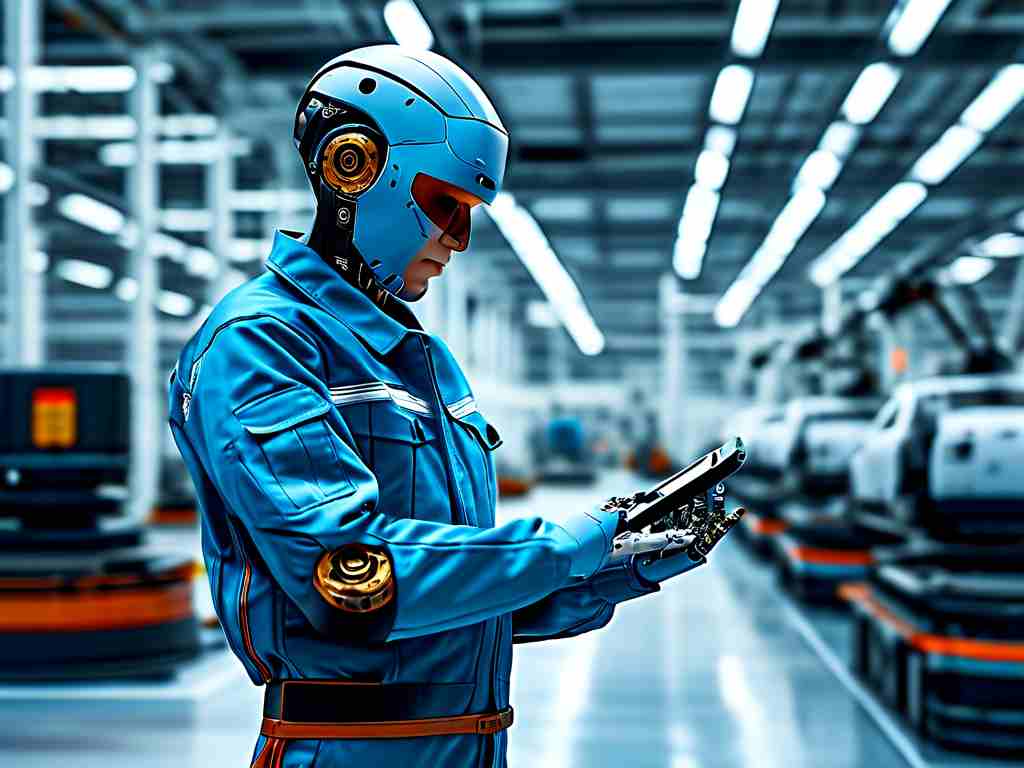
The Convergence of AI and Robotics
BYD’s intelligent robotics division focuses on integrating advanced machine learning algorithms with modular hardware designs. Unlike traditional industrial robots confined to repetitive tasks, BYD’s systems employ adaptive learning frameworks. For instance, their latest collaborative robot (cobot), the "Dolphin-9X," uses real-time sensor data to adjust assembly line workflows. This reduces downtime by 23% in pilot projects at BYD’s Shenzhen factory.
A standout feature is the company’s proprietary "Neural-Mesh" platform, which enables robots to share learned behaviors across networks. When one robot encounters an unfamiliar obstacle, its solution is instantly disseminated to others, creating a hive-mind efficiency. This innovation has drawn interest from logistics giants like DHL, currently testing BYD’s robots for warehouse optimization.
Applications Beyond Automotive
While BYD’s roots lie in automotive manufacturing, its robotics arm has expanded into diverse fields. In healthcare, the "MediBot" series assists surgeons in precision tasks. During trials at Guangzhou Central Hospital, MediBot reduced procedure times for complex surgeries by 17% while minimizing human error risks.
Another breakthrough is in agriculture. BYD’s "AgroDrone" combines aerial robotics with AI-powered crop analysis. Farmers using the system in Shandong Province reported a 31% increase in yield efficiency due to targeted pesticide deployment and soil health monitoring.
Sustainability at the Core
True to BYD’s eco-friendly ethos, its robots prioritize energy efficiency. The "EcoMotion" drive system, powered by the company’s Blade Battery, allows industrial robots to operate 40% longer per charge compared to competitors. This aligns with global decarbonization goals, particularly in energy-intensive sectors like metallurgy.
Moreover, BYD’s recycling initiative ensures end-of-life robots are disassembled, with 92% of components reused or repurposed. This circular economy approach has earned certifications from the International Robotics Sustainability Board (IRSB).
Challenges and Future Roadmap
Despite progress, BYD faces hurdles. Regulatory scrutiny over AI ethics in robotics has intensified, especially in the EU. Critics also highlight potential job displacement in manufacturing. However, BYD counters by emphasizing “human-robot synergy,” citing its retraining programs for over 10,000 workers to manage robotic systems.
Looking ahead, BYD plans to launch its first consumer-facing service robot in 2025. Codenamed “Guardian,” it aims to provide elderly care support, featuring emotion recognition and emergency response capabilities. The company is also exploring quantum computing integration to enhance decision-making speeds by 2027.
BYD’s intelligent robotics ventures exemplify its mission to merge technological advancement with societal benefit. By addressing scalability, sustainability, and ethical concerns, the company is not just keeping pace with Industry 4.0—it’s shaping its trajectory. As BYD’s CEO Wang Chuanfu stated at the 2023 World Robotics Summit: “The future isn’t about machines replacing humans. It’s about machines empowering humans to dream bigger.”
For developers, BYD has opened access to its Robotics SDK (v2.1.5), available on GitHub. Key features include simulation tools for adaptive pathfinding and API support for third-party sensor integration. Early adopters praise its lightweight codebase; a snippet for obstacle avoidance is shown below:
def avoid_obstacle(sensor_data):
threshold = 0.7
if sensor_data['proximity'] > threshold:
adjust_angle = sensor_data['vector'] * -1
return apply_movement(adjust_angle)
else:
maintain_trajectory()
With such innovations, BYD is poised to remain at the forefront of the robotics revolution—one algorithm at a time.



